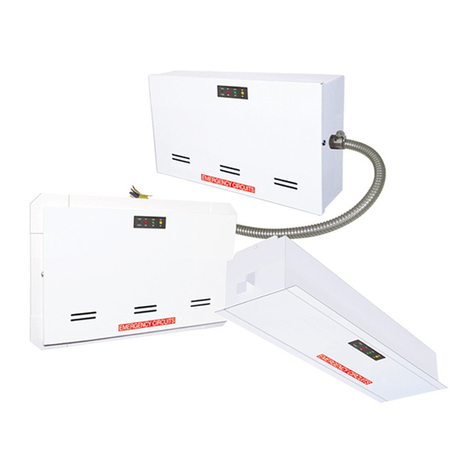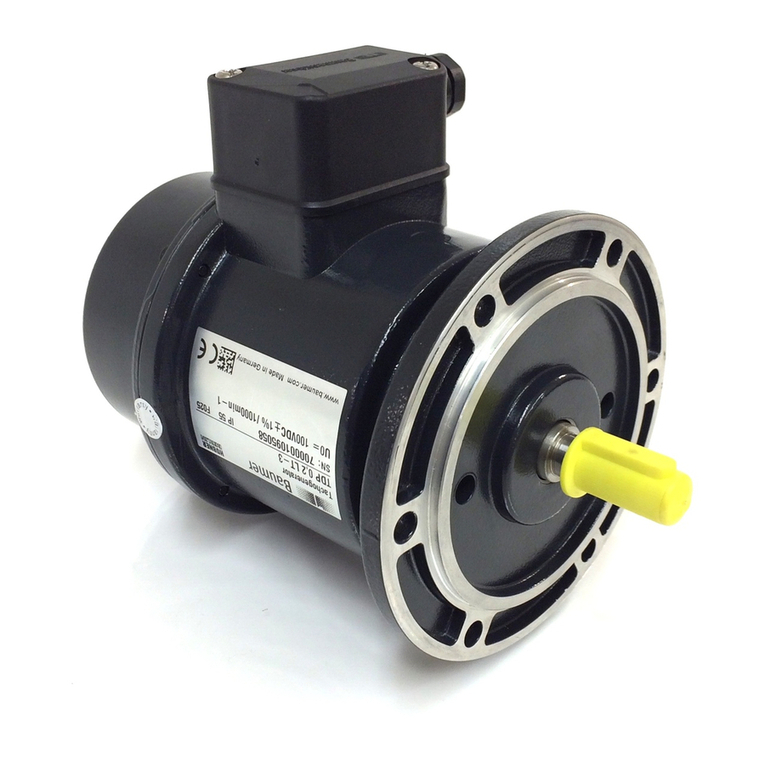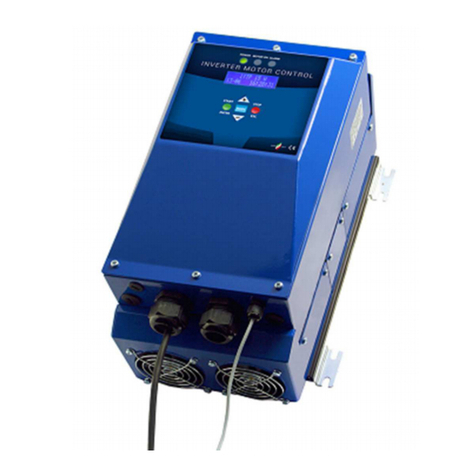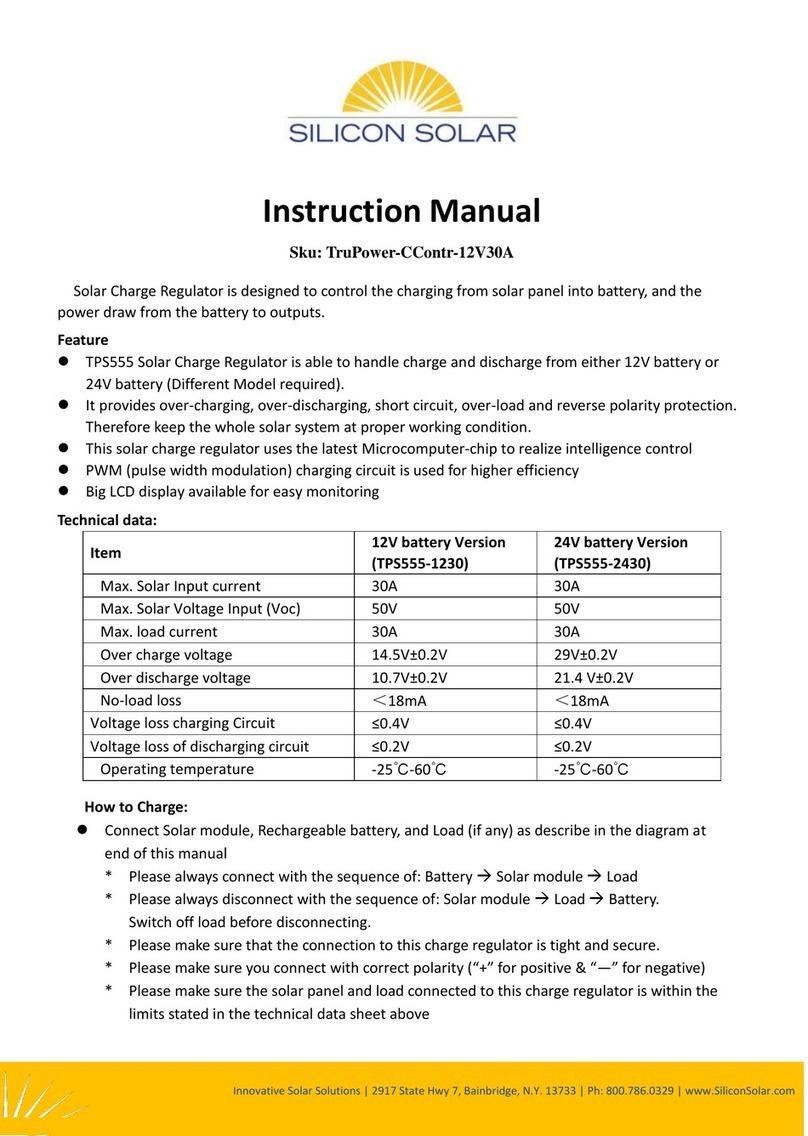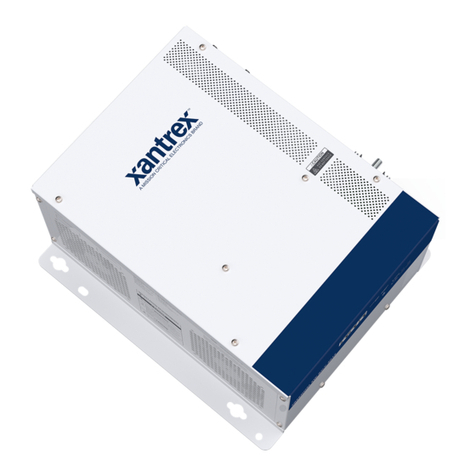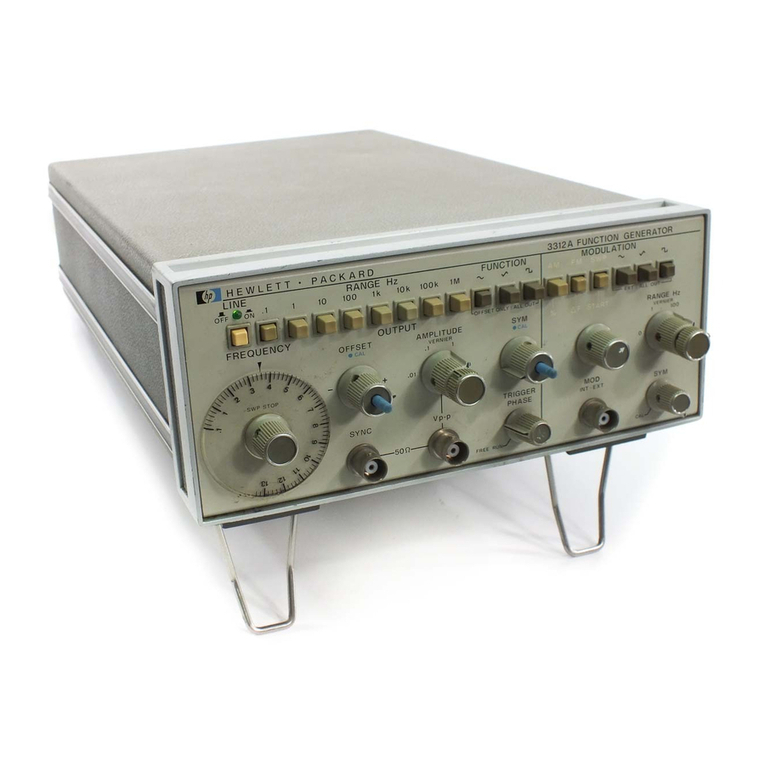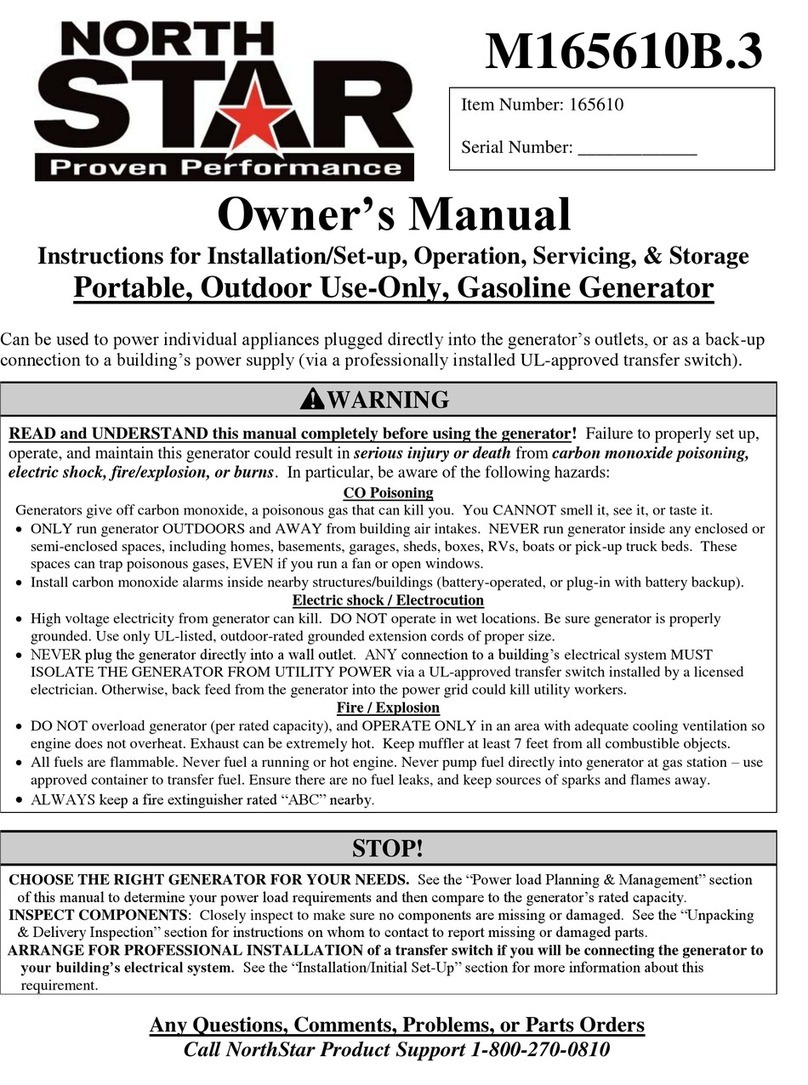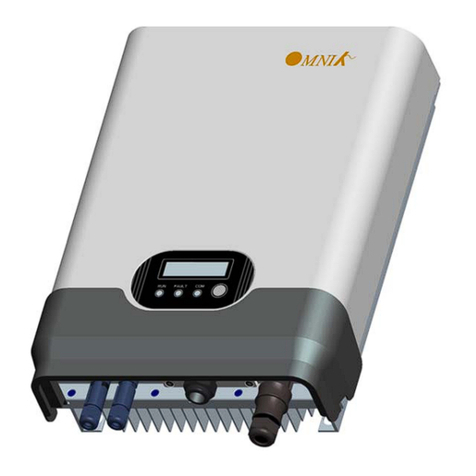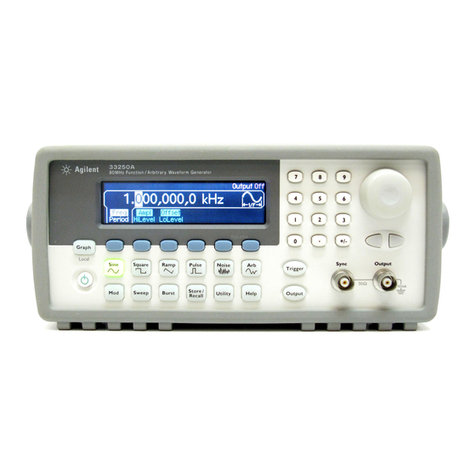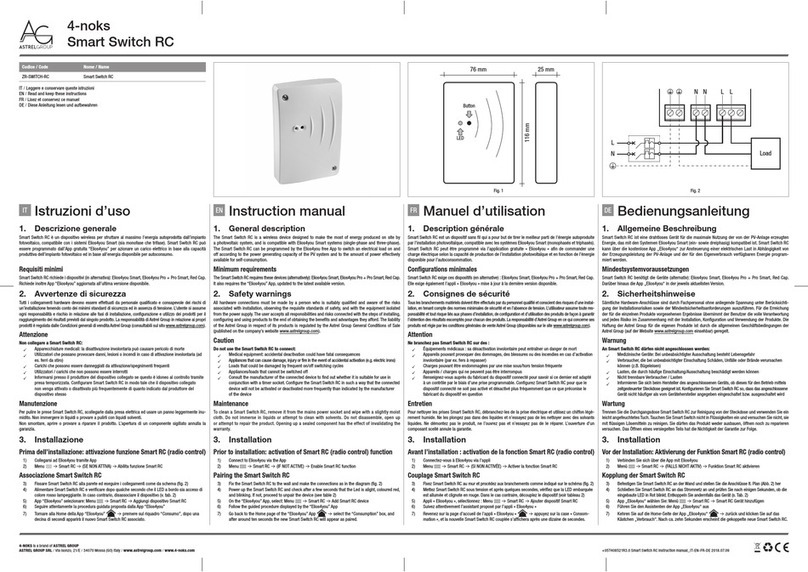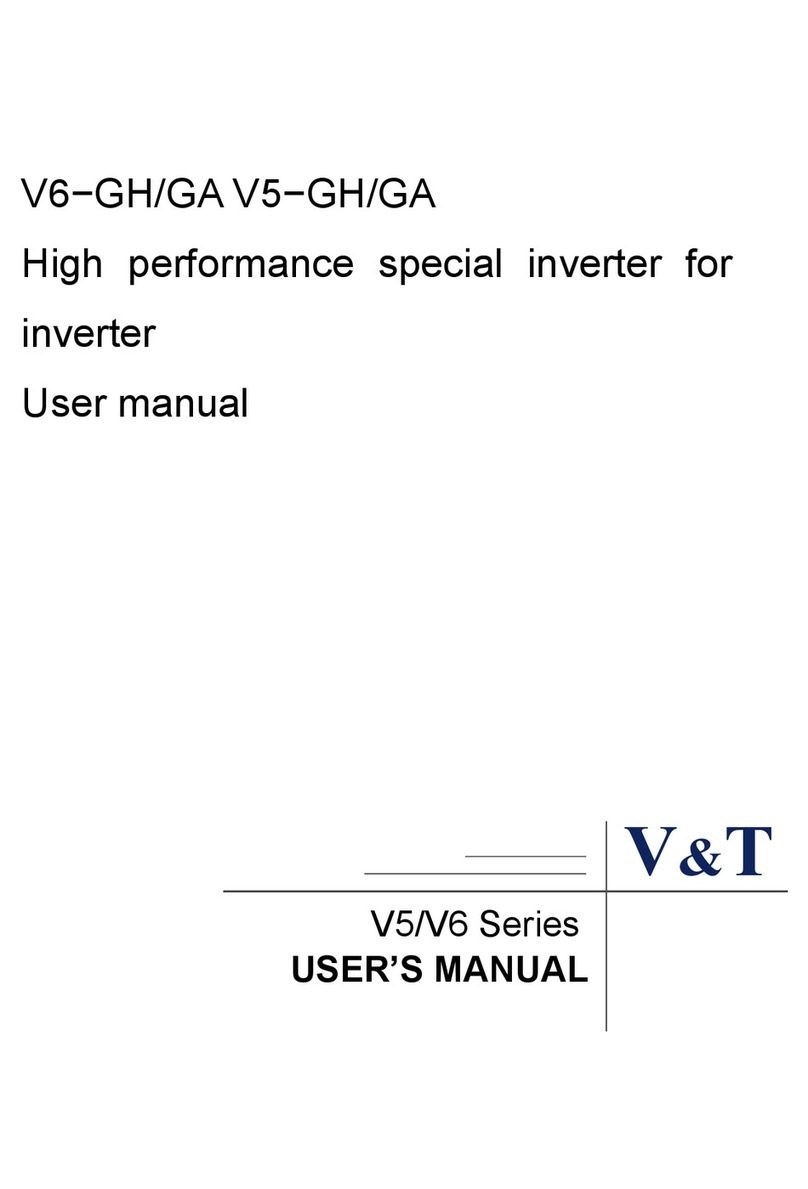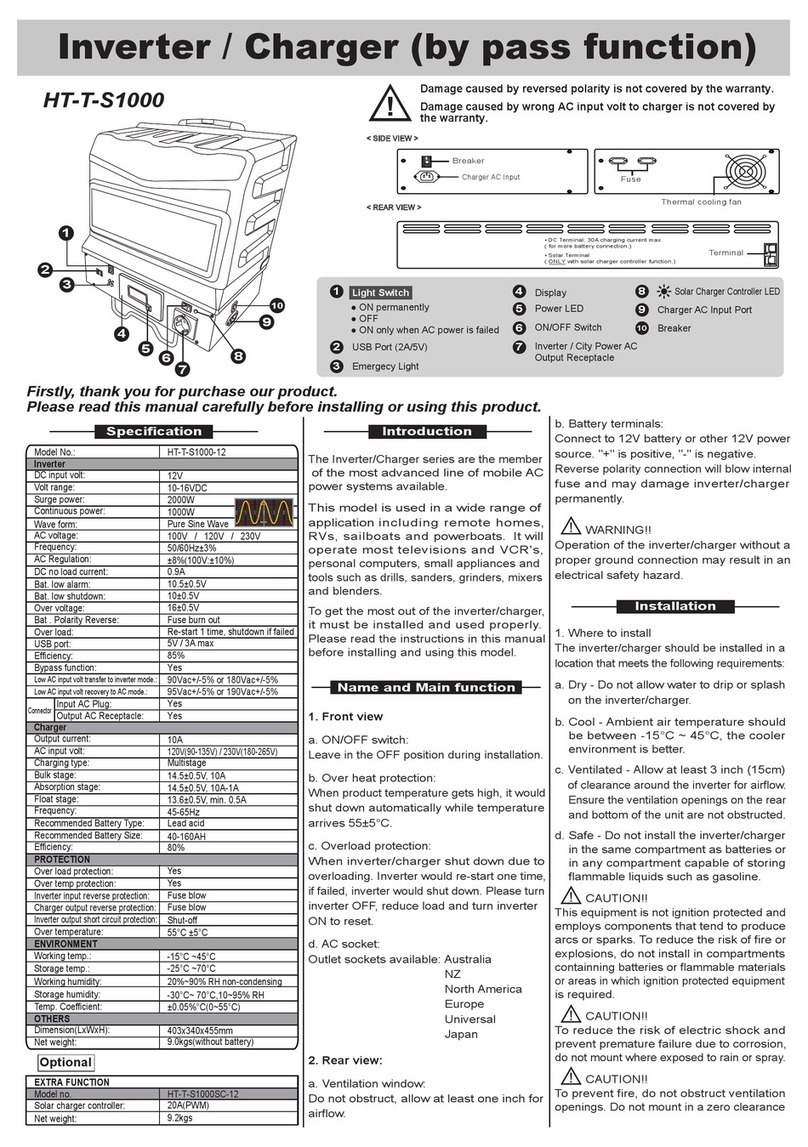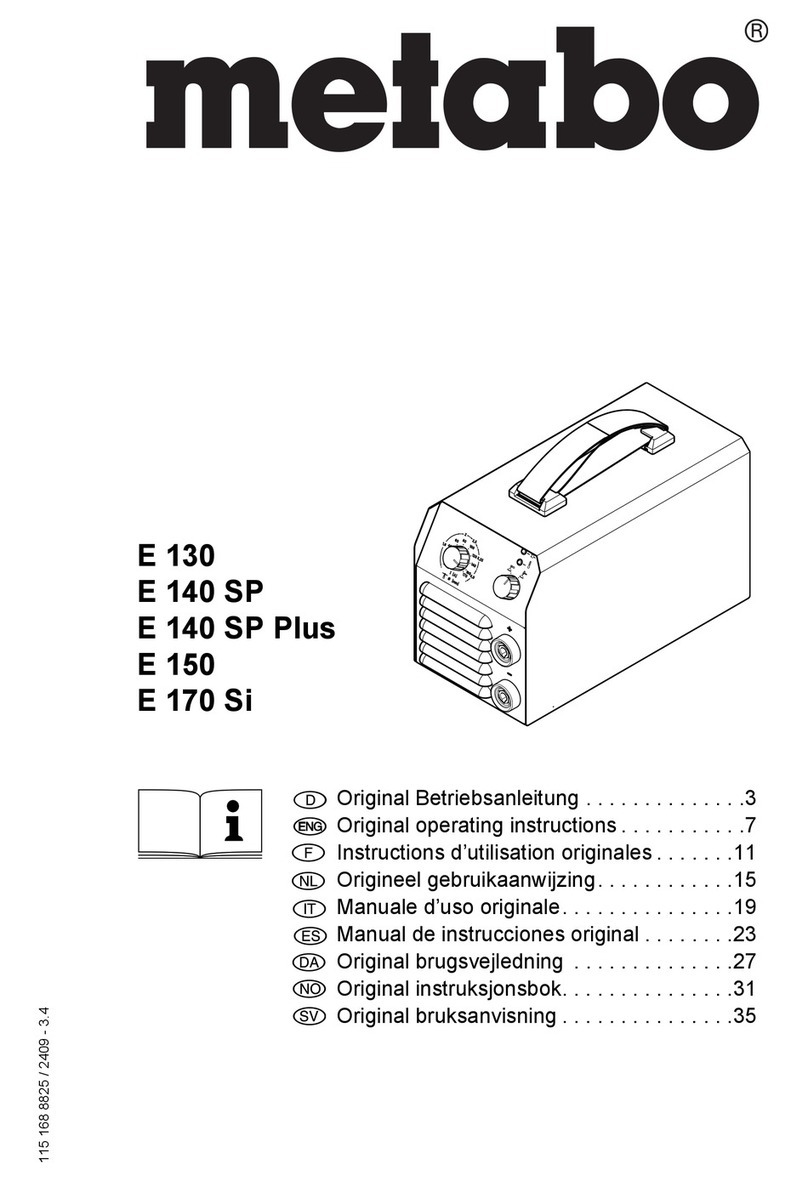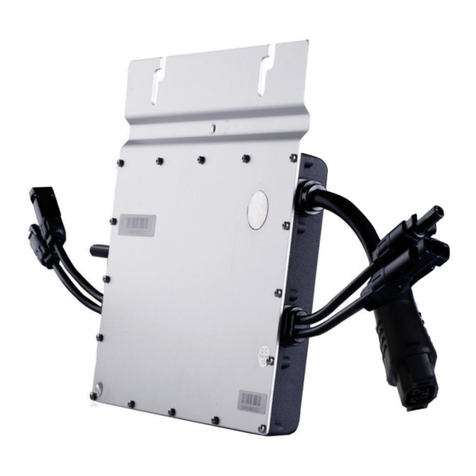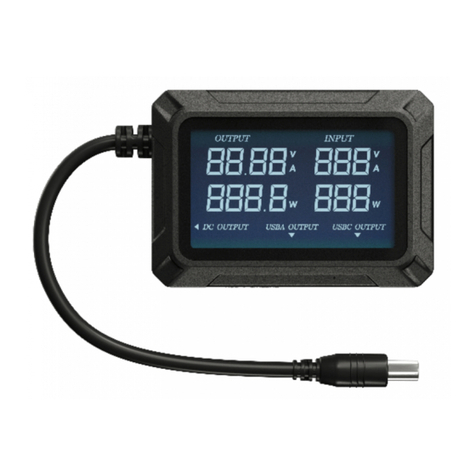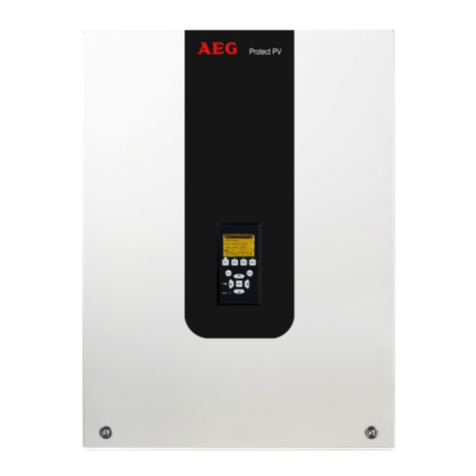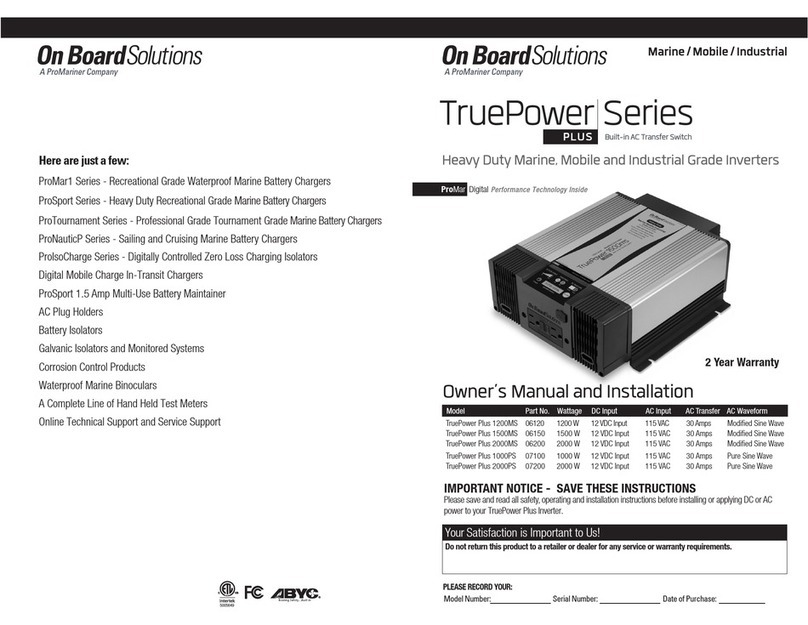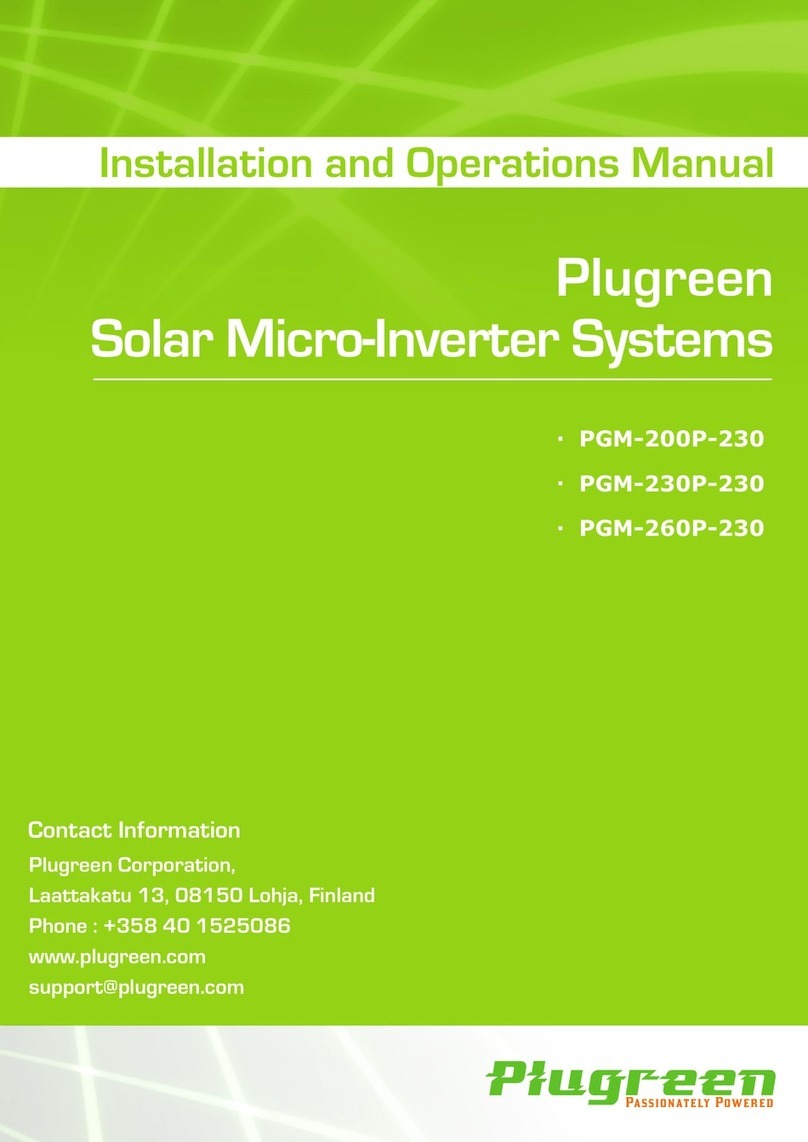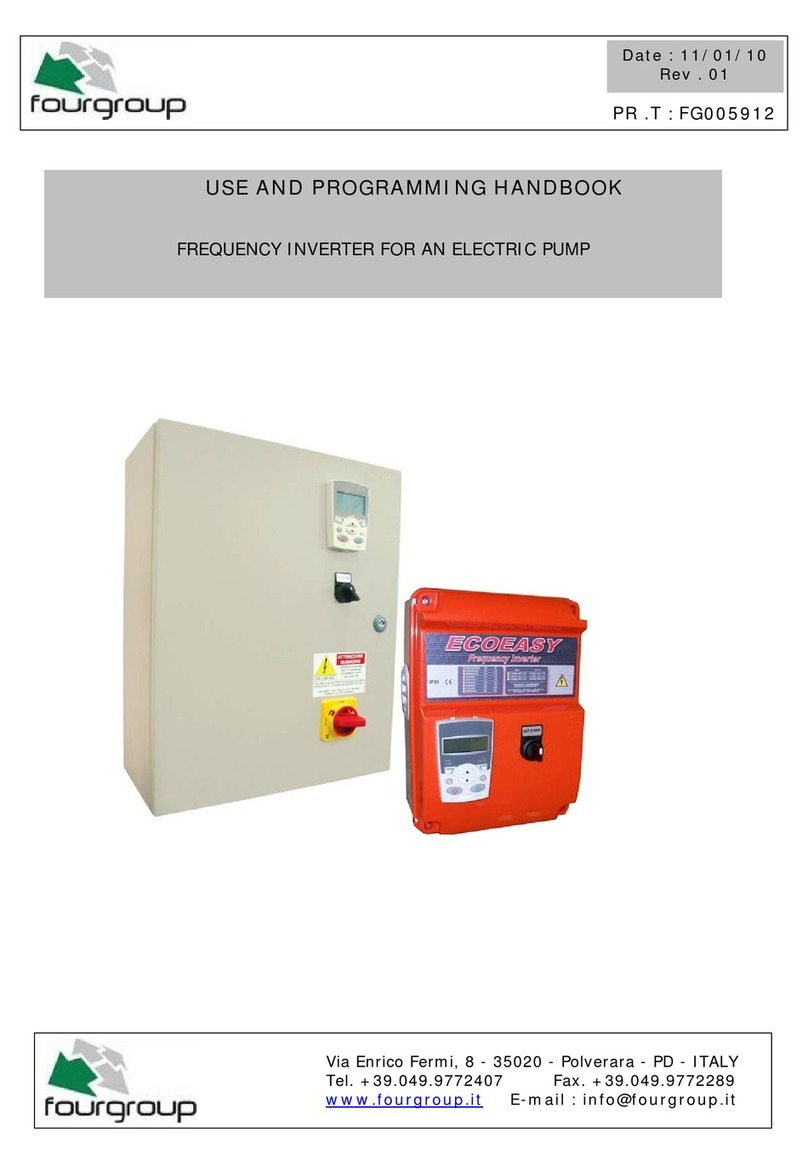
4
area indicates 120V. During no load conditions, the
needle should be at or above the black line.
References 2 - Lifting Eye. Use when lifting or
moving generator.
Reference 3 - Breather/Oil Fill Plug. Use SAE
90gearoil. Maintain the correct oil level. Over filling
can cause the oil to over heat and damage seals and
bearings.
References 4 - 1 3/8” Diameter 6 Spline Input
Shaft. 540 RPM. PTO driveline is available from
Northern,Item #165936.
References 5 - Sight Glass. Fill gear box until oil
isinthe middleofthe glass.
Reference 6 - Fan Vents. Never block the vent
slots or insert objects through the slots. The closest
objectshouldbeatleast 3 feetawayfrom the vents.
Reference 7 - Mounting Holes. Use these four
locations to mount the generator head in place with
four 5/8” grade 5 bolts/anchors (see Installation
section ).
Reference 8 - 120V Receptacle. This twistlock
receptacle is a 120V 30A receptacle, National
Electrical Manufacturer’s Association (NEMA) number
L5-30R. This receptacle accepts NEMA plug number
L5-30P.
Reference 9 - 120V Receptacle. The generator
has a control panel with two 120V 20A straight blade
receptacle duplexes (two receptacles in a common
housing). NEMAnumberis5-20R.
Reference 10 - Circuit Breaker. Two 20A push-
to-reset thermal circuitbreakers.
Reference 11 - Circuit Breaker. One 30A push-
to-reset thermal circuitbreaker.
Reference 12 - 120/240V Receptacle. This
straight blade receptacle is 120/240V 60A. This
receptacle acceptsa NEMA plug number 14-60P.
ALWAYS use grounded male plugs. The neutral
line of the generatoris mechanically grounded to the
frame. Matching NEMA male plugs must always be
used.
Reference 13 - Gear Box. Cast iron frame. 1:7
gear ratio.
References 14 - Warning Decals. Read and
follow all warnings.
Reference 15 - Grounding Clamp. Ground the
generator via the grounding clamp,toa copper pipe or
rod thatisdriven intomoist soil.
Reference 16 - 100A Circuit Breaker. One 100A
thermal magnetic breaker.
Reference 17 - 120/240V 100A Pin and Sleeve.
This extremely safe and durable receptacle can be
used for all large loads, including transfer switches.
IEC 309-1 number 4100R12W. A plug (part #32802)
canbe ordered from NorthStar at1-800-270-0810.
Reference 18 60A Circuit Breaker. One 60A
thermal magnetic breaker.
References 11 - Shield. Plastic implement
shield. NEVER operate generator without shield in
place.
INTRODUCTION
Before attempting to mount your generator,
thoroughly study the instructions and cautions in this
manual to assure you are fully acquainted with the
operation of all components of this generator. Proper
preparation, operation and maintenance will result in
operator safety, best performance and long life of the
generator. NorthStar is constantly improving its
products. The specificationsoutlined herein are subject
to change without prior notice or obligation. The
purchaser and/or user assumes liability of any
modification and/or alterations on this equipment from
original design and manufacture. Before using, the
user shall determine the suitability of this product for its
intended use andassumesliability therein.
RULES FOR SAFE OPERATIONS
Safety precautions are essential when operating
this generator. Respectful and cautious operation will
considerably lessen the possibilities of a personal
injury. This manual will warn of specific personal injury
potential, and these will be designated by the symbol:
WARNING This generator is equipped
with a grounding clamp, located on the generator
frame for your protection. Always complete the
grounding path from the generator to a copper
pipe/rod that is driven into moist earth, to prevent
electrical shock.
ALWAYS use electrical cords that are in good
condition. Worn, bare, frayed or otherwise damaged
cordscan cause electric shock.
ALWAYS use a ground fault circuit interrupter
(GFCI) in damp or highly electrical conductive areas
andon construction job sitestopreventelectric shock.
ALWAYS remove PTO driveline before working
on thegenerator.
ALWAYS provide adequate ventilation. Do not
operate generator in any enclosed or narrow space.
Engines consume oxygen and give off deadly carbon
monoxide, a poisonous gas. Improper ventilation will
cause damage to generator and possible injury to
people.
ALWAYS remove all oil or gasoline deposits and
accumulated dirt from generator and immediate area.
Keep generator head and engine clean.
ALWAYS wear ear protection while operating
generator.
ALWAYS keep area around generator clean.
NEVER operate the generator without proper
guarding.
NEVER operate the generator continuously when
PTO driveline is at angle greater than 15°both
horizontallyand vertically.
